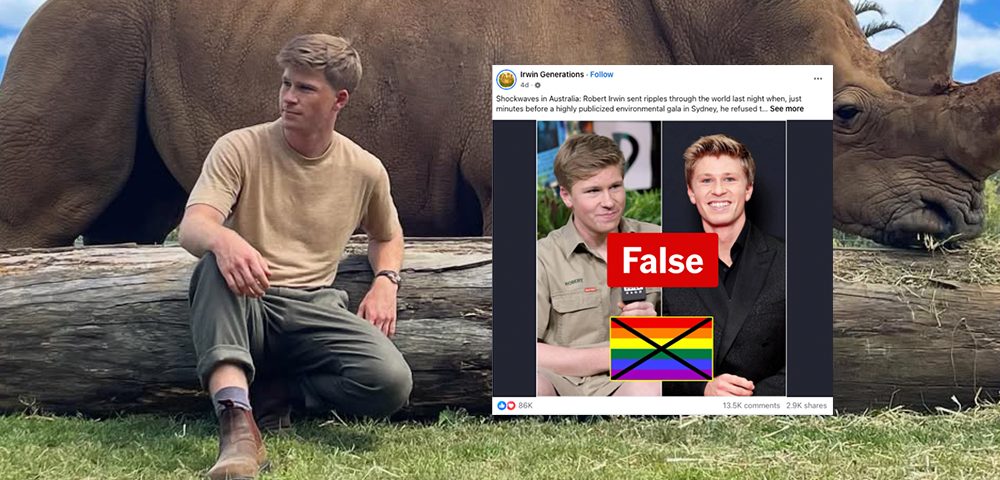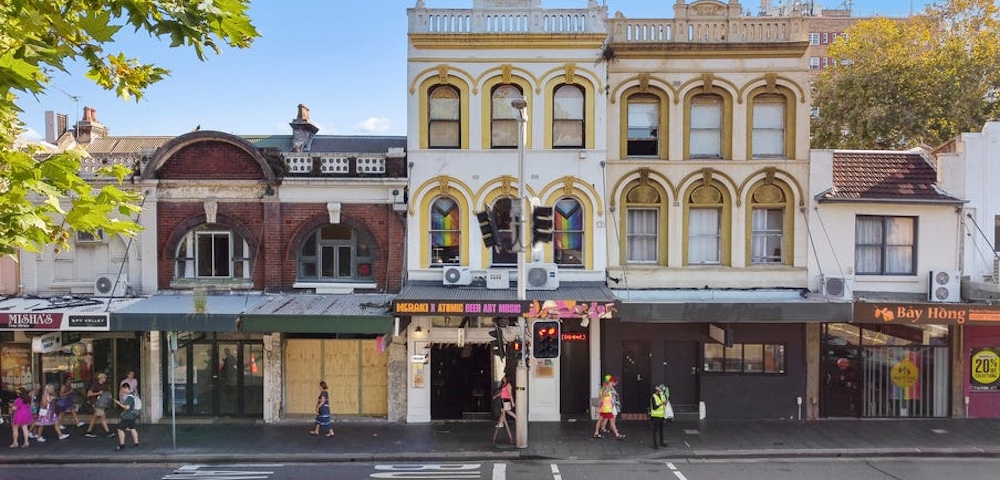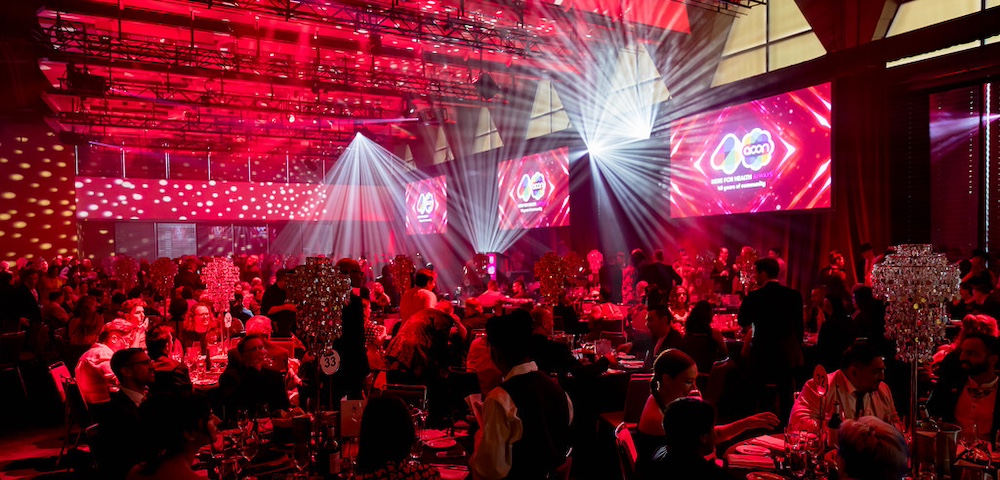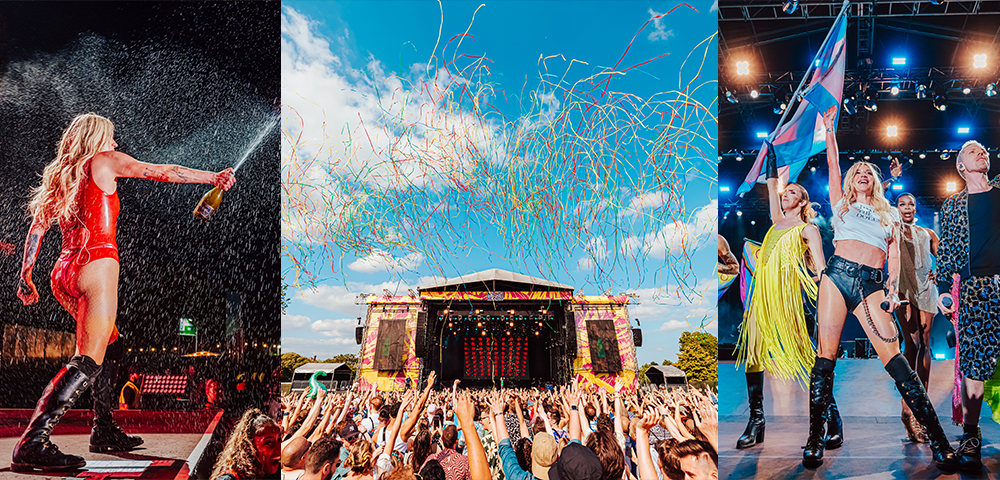
Sydney’s safety in Mardi Gras exhibition
How safe do you feel on the streets of Sydney? That’s exactly what the City of Sydney hoped to find out when they organised the photography exhibition Walking The Same Streets, which is being held as part of the 2004 Mardi Gras Festival.
Together with ACON, the City Of Sydney Council trained 10 people from the GLBTQ community in photography and asked them to document their personal perceptions of fear and safety in the city.
Ben Tunstall, project coordinator at the City Of Sydney Council, came up with the idea for the exhibition after reading a recent study into violence toward gays and lesbians in NSW.
The findings were pretty much saying that gay and lesbian people are four times more likely to be victims of assault, particularly street-based assault, than the general public, he said. So we started the project to see whether people felt safe in the city.
He was also interested in people’s perceptions of safety as opposed to how safe they really are.
For example, Oxford Street creates a perception of safety, but in reality it’s not safe, Tunstall said. A lot of assaults occur around the Oxford Street area, so that’s a great example of how perception and reality are very different things.
The 10 volunteer photographers were found through ACON’s community development projects -“ which don’t just work with HIV prevention, he stresses, but all sectors of the GLBTQ community. We recruited 10 people from all different backgrounds: Aboriginal, Torres Strait Islander, Asian, young people, older people, people with disabilities, and so on, he said. In the end the group ranged in age from 17 to 50.
Over 10 weeks the participants, most of whom had no previous experience, were trained in digital photography by a professional photographer, and then in digital enhancement using Adobe Photoshop. The digital component was to bring their work to life, and to allow them to suggest ways to make places safer, Tunstall said.
So how safe did the participants feel? In most cases they perceived Sydney as safe, Tunstall reported. But the most glaring finding was where they felt least safe, which was within their own community, within the gay ghettos.
How do we address this issue? It’s not necessarily the responsibility of council any more. The council are doing their best to provide adequate lighting, safe spaces, upgrades to Oxford Street, upgrades to Liverpool Street, CCTV. So maybe now the community needs to address it.
One of the participants, 17-year-old Courtney Lane, said taking part in Walking The Same Streets was one of the best things she’s ever done. I learnt a lot of new skills I never thought I’d get to learn, and I also learnt a lot about myself, Lane said. I had to constantly question myself as to why I felt scared, and when did I feel scared, and work out how I was going to capture those feelings on film. So it was quite hard at first.
But I’m very happy with the finished product. The whole experience was very rewarding and photography is definitely something I plan to pursue as a hobby.
The project was an incredibly rewarding experience for Tunstall too, he said: Some of the art work is really quite stunning. And seeing their work come to fruition, and seeing them become eloquent and articulate about perceptions of fear and safety, was very rewarding for me.
I also ended up feeling fortunate that I live in Sydney, because it really is a safer city than a lot of others in the world.
Walking The Same Streets is on at Pine Street Creative Arts, Pine Street, Chippendale, until 21 February. Admission is free.









